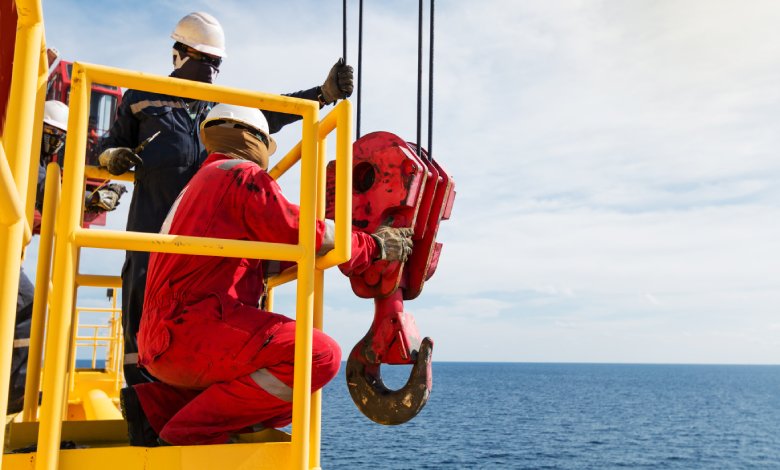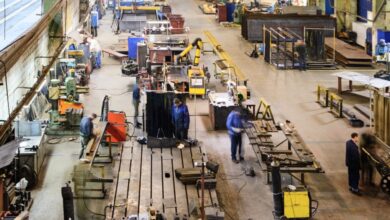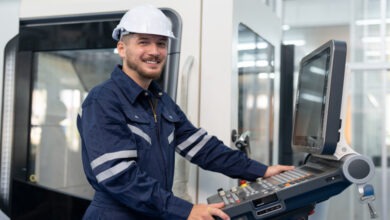
5 Common Mistakes To Avoid on Your Rigging Site
Every rigging operation demands precision, attention to detail, and strict adherence to safety protocols. If safety is not prioritized, construction workers and rigging crews may put the lives of their co-workers at risk. To prevent yourself from making grave errors that can lead to accidents and costly delays, learn about five common mistakes to avoid on your rigging site.
Picking the Wrong Equipment
Using the right equipment for the job makes all the difference when it comes to keeping a rigging site safe. If you select gear that does not match the load requirements or site conditions, you will increase the chances of equipment failure.
When choosing rigging equipment, consider factors like load weight, size, and the job site environment. Proper planning and careful selection will go a long way in keeping operations on track.
Not Checking Your Equipment’s Condition
Another common mistake to avoid on your rigging site is not inspecting your equipment before using it. Failing to check your gear for damage, wear, or improper function before usage can lead to broken components mid-operation.
Frayed slings, rusted shackles, and worn-out hooks can go unnoticed without a thorough inspection. Train every team member to examine gear before every lift. Identifying and addressing issues with equipment prevents accidents from happening when workers least expect it.
Ignoring Your Load Weight
Knowing the load weight is also essential to the success of your rigging project. If you overload equipment and surpass its weight limit, you will put everyone nearby in danger.
This knowledge helps you select appropriate rigging tools and ensures smooth handling. Keep load charts and clear documentation at hand for every operation to confirm that the capacities align with your rigging setup.
Hiring Inexperienced Employees
Assigning critical tasks to an inexperienced worker is incredibly irresponsible. It is critical to ensure every member of your rigging crew has adequate training in rigging protocols and equipment operation. For example, they should be an expert on concepts such as load limits in rigging operations.
Properly trained employees can identify risks faster, communicate clearly, and follow approved procedures under pressure. Investing in training programs and certifications equips the team with the skills needed to tackle challenges head-on.
Neglecting To Use a Spotter
Spotters act as an extra set of eyes, making sure loads move safely and avoid hazards that others might miss. Not using a spotter can lead to communication breakdowns, misaligned loads, or collisions with nearby structures. Assign a dedicated spotter to oversee blind spots and critical points, as doing so will enhance site safety during heavy lifting tasks.
Attention to these common mistakes can greatly enhance safety and efficiency on any rigging site. With the proper preparation, trained crews, and correct equipment, your projects will stay on track, and you will have fewer incidents.






